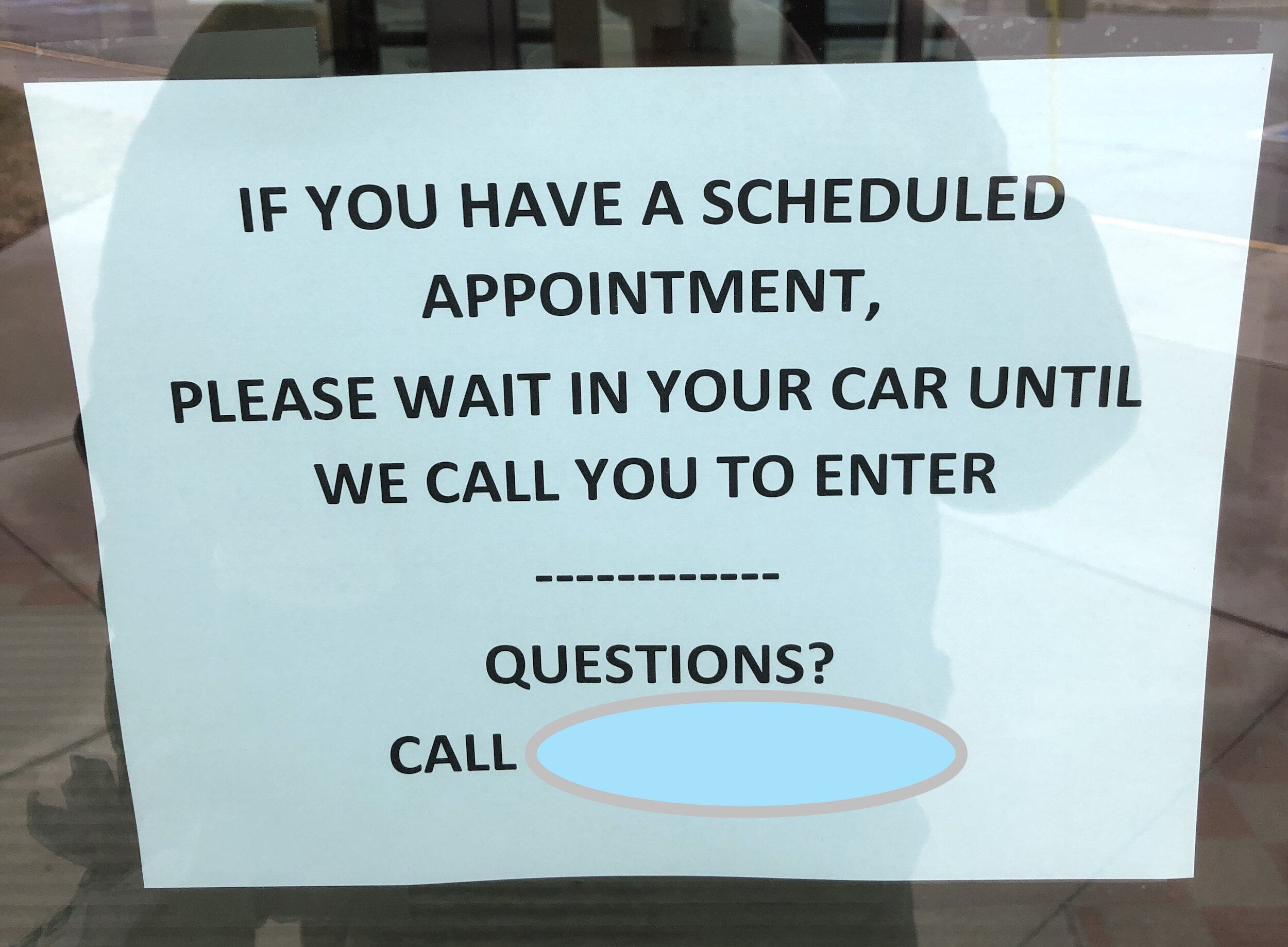Another view of some of the wood . . . notice the reclaimed shelving and original Depot floor mixed with the new quarter-sawn oak cabinets and Maple “butcher block” counter top in the foreground. Oh, yeah, then there is the Flair stove . . . made in 1964 by General Motors. But that’s another story!
Reclaiming Employees — Part 2
I recently wrote a post about reclaiming wood . . . and . . . well, retaining employees . . . valuable ones who may have some flaws. (I also shared several pictures of projects I made out of the reclaimed redwood from an old deck.) If you read that post, you know that I, for one, have learned to find value in trying to reclaim things . . . be it wood or employees. But let’s talk about what it really takes to engage in a reclamation project . . . because
Reclaiming is not the easiest path . . . if your focus is short-term solutions not quality ones.
Reclamation is not a quick or easy process! As an example, in reclaiming wood from the old deck I mentioned in the first post I had to . . .
Tear apart the deck.
Pull all the nails, screws, scrape off glue, etc. and cut off and discard pieces with imbedded metal.
Plane the rough boards to reveal the wood underneath the weathered/stained exterior and further reveal any parts of the boards that were damaged or unusable..
Carefully choose boards that would work for each project—boards that had the right length of “good wood,” ones where the knots or knot holes would not interfere, boards that matched other boards to minimize additional ripping, cross-cutting, etc.
Remove rotting areas, broken spots in the board, places where the board had split, been notched, or ripped to be narrower than other boards.
Re-plane, rip, and/or cross-cut then sand as necessary so the boards were be properly sized and ready to used to build the project.
Finished baton case.
Six steps to get these boards usable “like new” boards. Obviously, you wouldn’t go to this much trouble for just “any old boards”—boards that have little of no value. It’s often easier and better with “poor quality” boards to just tear out and replace. But often, people tear out old wood (or employees) that have great value and replace it with something of inferior quality. Why? Leaders may see employees as “expendable.” Either because they haven’t learned to value the older, more valuable resource or they don’t have the “know how” or tools to turn the old wood into a beautifully restored piece of usable lumber. Other leader’s just don’t want to go to the trouble because, once again, reclamation in the short term, takes more time and effort.
Years ago, I ran across a “leader” who recommended that leaders taking on a new team or organization find the one “indispensable” employee and fire them. The point being that no one is above the team or organization. I get the point. I abhor the practice. Maybe there are times where the arrogant, self-serving, “hero” types are causing so much damage to a team that getting rid of them is the only option. But, in my world, an employee once seen as ”indispensable” in the past should be given the opportunity, and tools, to change before being terminated. To do otherwise is reprehensible . . .and poor leadership.
It may “fix the problem” for the moment, but in the long-run this leadership practice will only be tolerated in environments where the leader has strong control, and incentives, over the employees. If the leader doesn’t possess this strong hold, employees will begin to undermine the leader who will have lost their respect and trust—or they will simply move on. Often this leads to s “simmering resentment” a loss of trust and an eventual “eruption”—often immediately after experiencing some sort of crisis—reduction in revenue, job injury, key employee resigning—just when the leadership needs to count on employee support.
What do you do for a door stop when you live in an old Depot? A railroad spike of course! Here’s one more use of the old redwood.
“The best defense is a good offense”
Steps in reclaiming a valued employee.
So what exactly is involved in reclaiming a valuable employee?
It starts with robust honest conversations and deep listening. Communication is one step that most leaders think they do well . . . and often the one they neglect the most. In woodworking you need to carefully inspect the wood. With employees you need a very rigorous process to really understand the experience of the employee. As we have demonstrated in other posts, people generally listen very poorly. Leaders are no exception. To resolve long-standing issues your understanding must go beyond the surface. You need to really “get in their shoes” and understand the territory of this particular employee. Any progress on this journey must start where the employee is now.
It validates the employee’s experience but challenges them to present their best effort. Employees will change their behavior if confronted or threatened. But they will sustain those changes only if they feel understood and challenged to move toward what most of them want . . . to be their best, most successful, selves. Remember, employees tell themselves stories about themselves that my enable or exhibit their performance. Sustainable change starts where the employee is now. Leaders who generally manage and make decisions can be effective. Great leaders though inspire employees to give discretionary effort to making their teams the best.
It sets clear goals. You won’t get there if you don’t know where “there” is. Don’t assume the employee knows what changes they need to make. Spell them out. An honest dialogue with a focus on the employee’s value—and the need of the team or organization to have that value realized, is critical. It is here that you can acknowledge that the employee may not want to strive to reach the goals—they may be burned out, have personal issues impending their performance, or other outside factors may influence their motivation. This is the time to determine if they need to move on or if they will engage and be a part of the reclamation process.
It takes investing in time, resources, training, etc. If they are willing to focus on the challenges and goals, give some thought to what it will take for the employee to successfully become an engaged part of the team. Do they need more mentoring or coaching? A new work challenge? Reassignment/ More resources or training? Just like “cleaning up” and preparing the old boards, valuable employees need to be “prepped” for their new purpose.
It requires frequent and consistent monitoring. Unlike boards, people' have complex motivations. Employees that agree to setting goals, who seem to be open to re-engaging, may through their behavior prove that they are not. Remember, employees lie. A leader needs to stay in close contact through this process. Is the employee making effort? Are they improving their fit into the team’s needs?
It requires transparency from the leader. Leader’s need to model and demonstrate the behavior they want to see from the employee. Honesty, integrity, and courage to be truthful. Traits that world-wide demonstrate good and affective leadership. They need to speak “truth” meaning both highlighting the value of the employee (not playing games) and clearly defining how they are performing at any given time (timely feedback). No employee, if they are reasonably emotionally and mentally healthy, should ever be surprised by how the leader sees their performance—they should already know given the feedback they have received from their supervisor.
If a leader sees the value in trying to reclaim valuable employees, there will be some significant steps involved. The leader will need to exercise patience but also close monitor, continue to communicate, and evaluate the progress of lack of progress. Yes, they will likely have moments when the thoughts of “just buying new boards” float up in their minds. But as I mentioned in the previous post, once a leader has successfully completed a reclamation project, the leader will, themselves, have changed and will know the value of restoring old boards.























